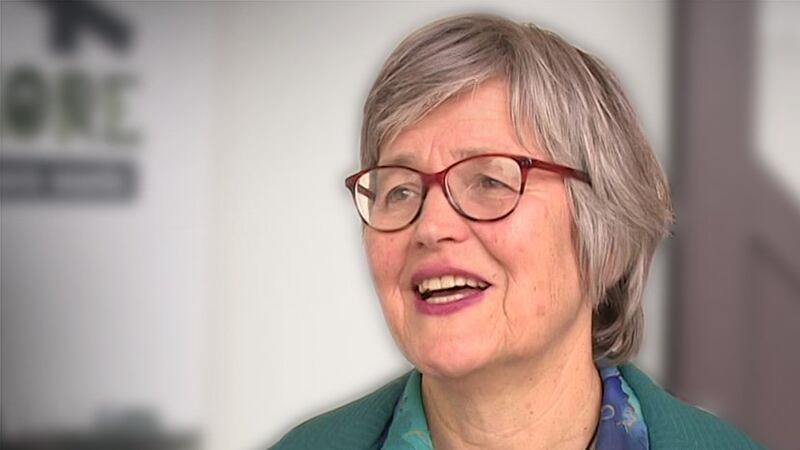Land Information (LINZ) Minister Eugenie Sage has made the decision to correct the spelling of the Manawatū-Whanganui Region. In a statement to the media LINZ explained the following.
The change takes effect from 18 October 2019 and it also means the regional council will be known as the Manawatū-Whanganui Regional Council.
Horizons Regional Council remains the trading name for the council.
Adding the ‘h’ to ‘Whanganui’ is consistent with the views of the local iwi and the standardised spelling for Whanganui National Park, Whanganui District, Whanganui River and Whanganui (town/city). Adding the macron to Manawatū also provides for the correct spelling, giving the right meaning.
The change to correct the decades long spelling error started when the New Zealand Geographic Board Ngā Pou Taunaha o Aotearoa (NZGB) accepted a proposal to change the region’s name in September 2018 and consulted with the public.
NZGB Chairperson Anselm Haanen said, “I am pleased to continue supporting the correction of original Māori names to be consistent with the existing official names. I also believe they make a tangible contribution to our shared heritage, culture and language, especially in the local government context”.
An accepted meaning for Whanganui is “the long wait”, where “whanga” means “to wait’”. “Whanga” can also mean a river bay, leading to a more recent meaning for Whanganui as a big harbour or bay.
The name Manawatū has its origins in an old Māori waiata describing the search by an early ancestor, Haunui-a-Nanaia, for his wife. He named the waterways on his quest. The waiata “Ka tatū e hine ko Manawatū” describes how his heart (manawa) settled or momentarily stopped (tatū) when he saw the river. Manawatū is the compound form of the two words.
Horizons Regional Council Chair Bruce Gordon says that after seeking approval from iwi, the proposal for changing the region’s name was initiated.
Gordon explained, “The council then consulted widely with our communities through our 2018-28 Long-term Plan process prior to making our proposal to the New Zealand Geographic Board Ngā Pou Taunaha o Aotearoa”.

